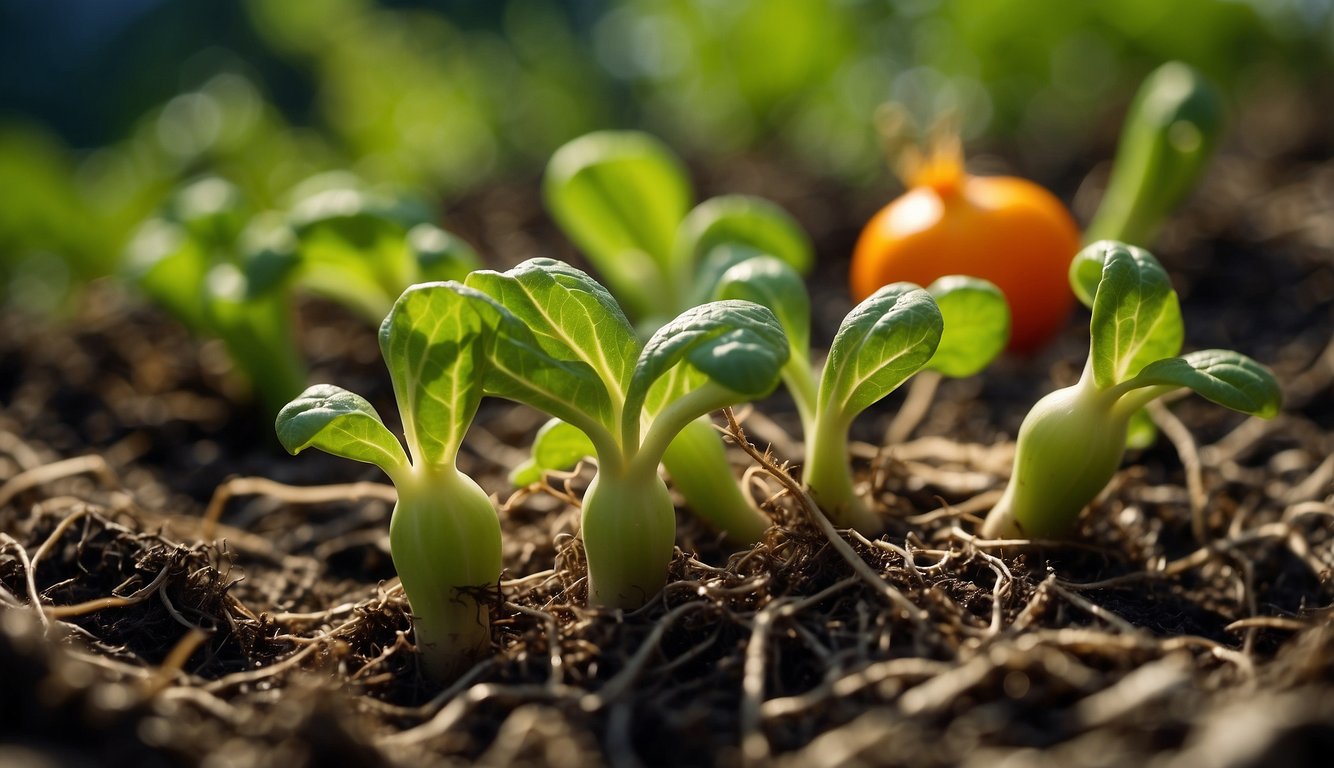TheHerbProf.com is a treasure trove of knowledge for those interested in natural healing and herbal remedies. The website is run by Paul Johnston MD. A naturopathic who has not only received extensive education in the field but also has personal experience in self-healing.
Are you tired of growing the same old vegetables in your garden every year? Do you want to add some diversity to your garden and try something new? If so, then you’ve come to the right place. In this article, I will share with you some of the weirdest vegetables that you can grow in your garden. Weird Vegetables to Grow can be a fun and exciting experience.
Not only will it add some diversity to your garden, but it will also provide you with a unique and interesting crop to harvest. Some of these vegetables may look strange, but they are packed with flavor and nutrients that you won’t find in your typical garden variety. From the alien-looking celeriac to the snake-shaped snake gourd, these vegetables are sure to impress.
So, if you’re ready to take your garden to the next level, then read on. In the following sections, I will introduce you to some of the weirdest vegetables that you can grow in your garden. Get ready to expand your horizons and try something new.
Planning Your Vegetable Garden – Weird Vegetables to Grow
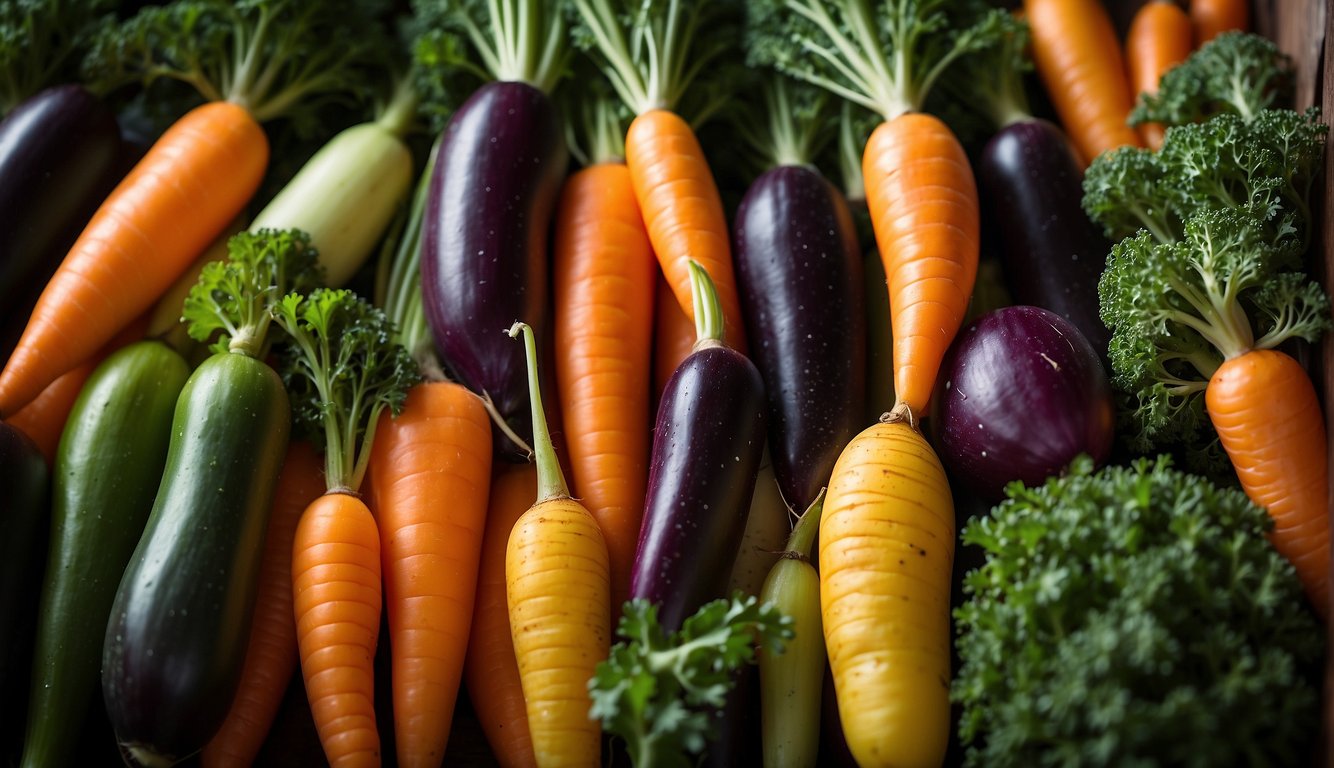
When it comes to growing weird vegetables, planning your vegetable garden is crucial. Here are some key factors to consider before you start planting.
Choosing the Right Soil
The type of soil you use is crucial to the success of your vegetable garden. Loamy soil is ideal for most vegetables, as it provides good drainage while retaining moisture and nutrients. However, if you have heavy clay soil, you may need to amend it with compost or sand to improve drainage. On the other hand, if you have sandy soil, you may need to add organic matter to improve water retention.
Understanding Climate and Seasonality – Weird Vegetables to Grow
Different vegetables grow best in different climates and seasons. For example, some vegetables like tomatoes and peppers thrive in warm weather, while others like broccoli and carrots prefer cooler temperatures. Spring is a great time to plant cool-season vegetables like lettuce and peas, while autumn and winter are ideal for planting root vegetables like turnips and beets.
Garden Layout and Design
The layout and design of your vegetable garden can also impact its success. Consider factors like sunlight, wind exposure, and water access when planning your garden. Make sure to leave enough space between plants to allow for proper growth and air circulation. You may also want to consider companion planting, which involves planting different vegetables together that benefit each other’s growth.
By taking these factors into account, you can set your vegetable garden up for success and grow a variety of weird and interesting vegetables.
Unusual Vegetables to Cultivate – Weird Vegetables to Grow
As an avid gardener, I am always on the lookout for unique and unusual vegetables to grow in my garden. Here are some of my favorite unusual vegetables to cultivate.
Leafy Greens and Herbs
Kale and spinach are popular leafy greens that are easy to grow and packed with nutrients. However, have you ever considered growing Malabar spinach or sorrel? Malabar spinach has a slightly tangy flavor and is a great substitute for regular spinach in salads and soups. Sorrel has a lemony flavor and is perfect for adding a zing to your salads.
Exotic Root Vegetables – Weird Vegetables to Grow
Oca and celeriac are two root vegetables that are not commonly found in grocery stores but are easy to grow in your garden. Oca is a tuber that has a slightly sweet and nutty flavor, similar to a potato. Celeriac, also known as celery root, has a mild celery flavor and can be roasted, mashed, or used in soups.
Unique Fruiting Vegetables
If you’re looking for something exotic, try growing cucamelon, kiwano, or even tomatoes in unusual colors and shapes. Cucamelon, also known as Mexican sour gherkin, is a small cucumber-like fruit that has a tangy flavor and is perfect for pickling. Kiwano, also known as horned melon, has a spiky exterior and a jelly-like interior with a sweet and tart flavor. Tomatoes come in a variety of colors, from yellow to purple, and can be grown in unique shapes like heart-shaped or pear-shaped.
Another unique fruiting vegetable to try is the sunchoke, also known as Jerusalem artichoke, which is a type of sunflower that produces a tuber with a nutty flavor. Jicama is another unusual fruiting vegetable that has a crisp texture and a sweet flavor, similar to an apple.
There are many unusual vegetables to grow in your garden that will add variety and excitement to your meals. From leafy greens and herbs to exotic root vegetables and unique fruiting vegetables, there is no shortage of options to choose from.
Caring for Your Weird Vegetables – Weird Vegetables to Grow
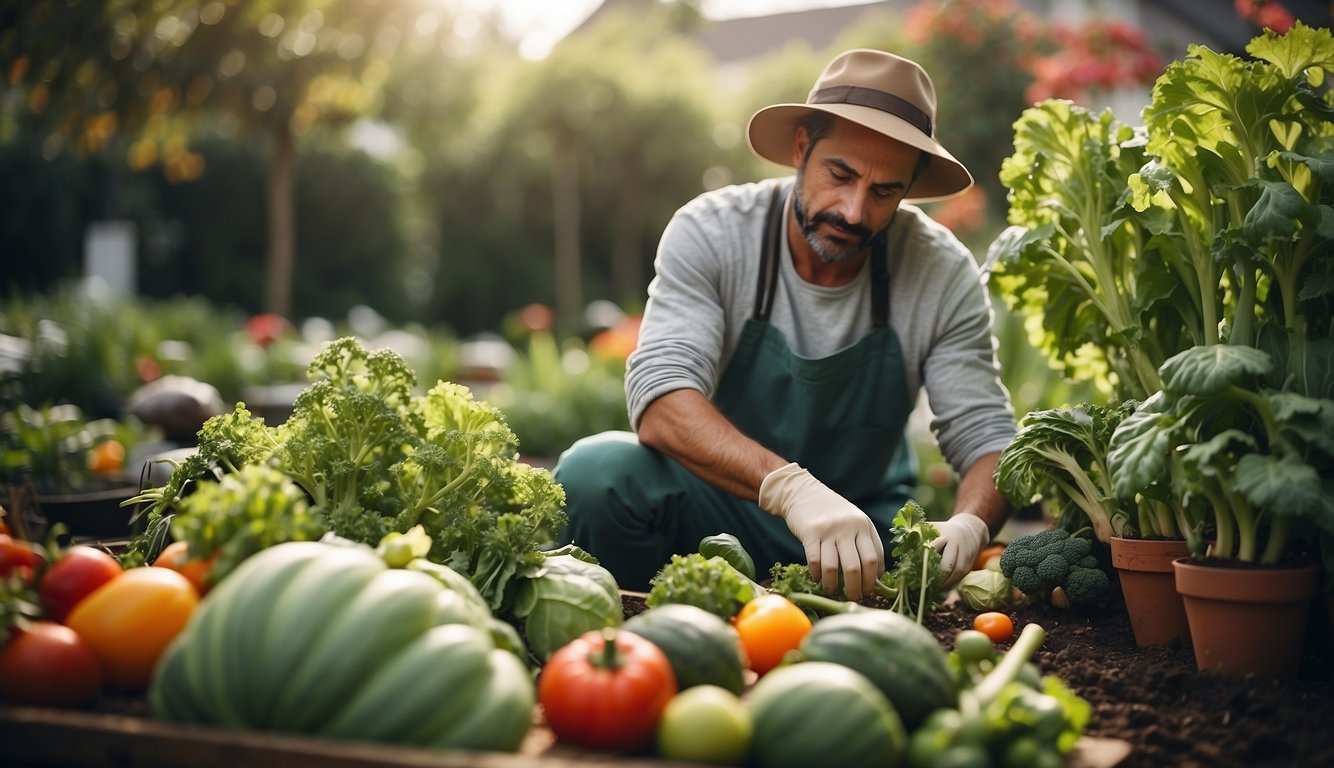
Growing weird vegetables can be a fun and unique experience, but it’s important to know how to care for them properly to ensure a successful harvest. In this section, I will cover the basics of watering and feeding, pest and disease management, and harvesting and storing your weird vegetables.
Watering and Feeding
Weird vegetables come in all shapes, sizes, textures, and colors, and they have different requirements when it comes to watering and feeding. Some weird vegetables, like the purple cauliflower, require consistent moisture to maintain their vibrant color. Others, like the oyster plant, prefer drier soil conditions.
To determine how often to water your weird vegetables, you should check the soil moisture level regularly. Stick your finger an inch into the soil. If it feels dry, it’s time to water. When it comes to feeding your weird vegetables, it’s best to use a balanced fertilizer. You can also use organic fertilizers like compost or worm castings.
Pest and Disease Management
Weird vegetables are not immune to pests and diseases, so it’s important to keep an eye out for any signs of trouble. Some common pests that can attack weird vegetables include aphids, caterpillars, and slugs. You can use organic pest control methods like neem oil or insecticidal soap to keep these pests at bay.
Diseases like powdery mildew and fungal infections can also affect weird vegetables. To prevent these diseases, it’s important to keep the foliage dry and provide good air circulation around the plants. If you do notice any signs of disease, remove the affected leaves or plants immediately to prevent the spread.
Harvesting and Storing – Weird Vegetables to Grow
When it comes time to harvest your weird vegetables, it’s important to do so at the right time. Some weird vegetables, like the watermelon radish, are best harvested when they are still small and tender. Others, like the luffa gourd, should be left on the vine until they are fully mature.
Once you’ve harvested your weird vegetables, you’ll need to store them properly to ensure they stay fresh. Some weird vegetables, like the celeriac, can be stored in a cool, dark place for several months. Others, like the purple sweet potato, should be eaten within a few days of harvesting.
Growing weird vegetables can be a rewarding experience, but it’s important to take good care of them to ensure a successful harvest. By following these basic guidelines for watering and feeding, pest and disease management, and harvesting and storing your weird vegetables, you’ll be well on your way to growing a bountiful and delicious crop.
Incorporating Unusual Vegetables into Your Diet
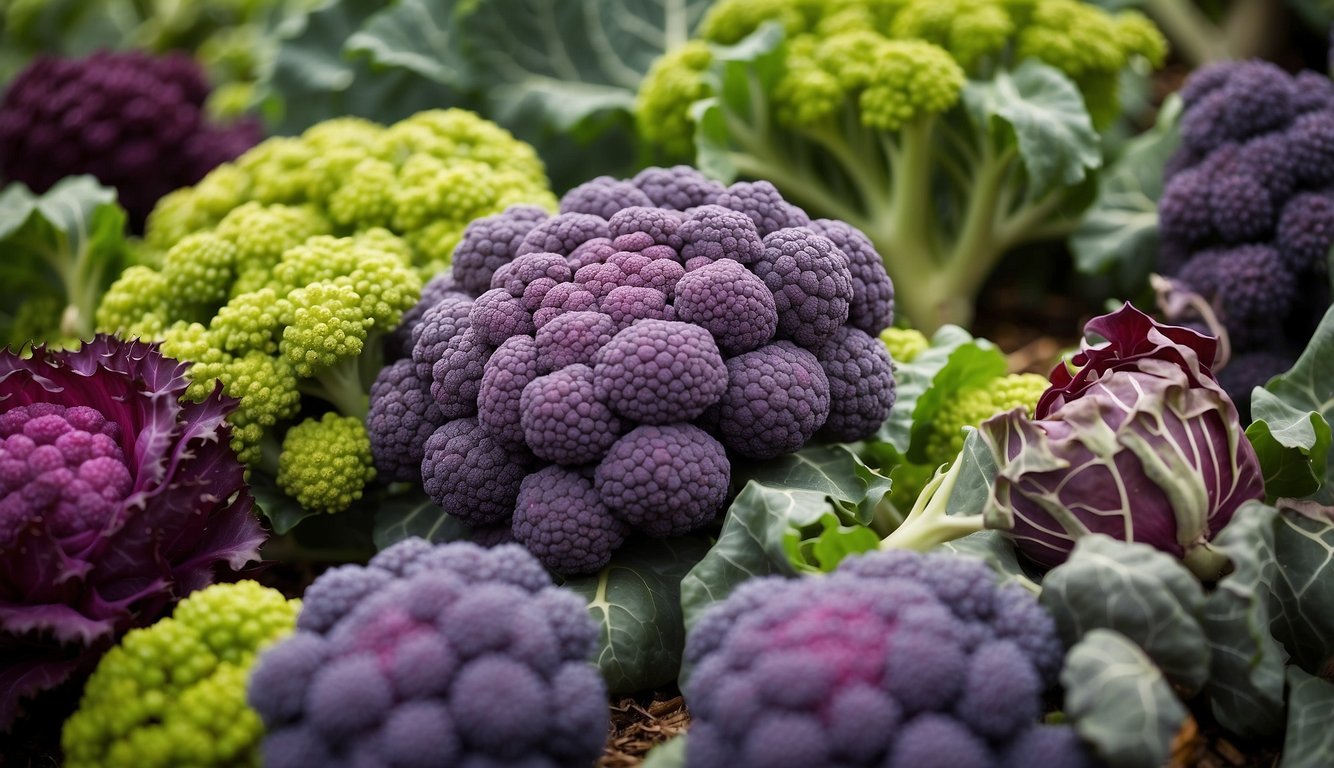
As I explored in the previous section, growing unusual vegetables can be a fun and rewarding experience. But once you’ve harvested your unique crops, what do you do with them? In this section, I’ll share some ideas for incorporating unusual vegetables into your diet.
Salads and Raw Preparations – Weird Vegetables to Grow
One of the simplest ways to enjoy unusual vegetables is to use them in salads or other raw preparations. Many of these vegetables have interesting textures or flavors that can add depth and interest to a salad. For example, you might try thinly slicing some kohlrabi or fennel and tossing it with greens, a simple vinaigrette, and some toasted nuts. Or, you could shred some raw Brussels sprouts and mix them with a tangy dressing and some grated Parmesan cheese.
Cooking and Flavor Pairings
Of course, many unusual vegetables can also be cooked in a variety of ways. When cooking with these vegetables, it’s important to keep their unique flavors and textures in mind. For example, salsify has a delicate flavor that pairs well with cream, butter, and mild cheeses. Meanwhile, celeriac has a nutty, earthy flavor that pairs well with garlic, thyme, and other herbs.
Preservation Techniques
Finally, if you find yourself with an abundance of unusual vegetables, you may want to consider preserving them for later use. Pickling is a great way to preserve vegetables and add a tangy, acidic flavor. You might try pickling some beets or radishes, or even pickling some of the stems and leaves from your unusual vegetables. Another option is to freeze your vegetables for later use. Blanching and freezing can help preserve the texture and flavor of many vegetables, including leafy greens and root vegetables.
Overall, there are many ways to incorporate unusual vegetables into your diet. Whether you enjoy them raw in salads, cooked in stews and soups, or preserved for later use, these unique crops can add variety and interest to your meals.
Benefits of Growing Weird Vegetables – Weird Vegetables to Grow

As a gardener, I have found that growing weird vegetables has numerous benefits. These benefits can be categorized into three main subcategories: Nutritional Value, Aesthetic and Biodiversity, and Educational Opportunities.
Nutritional Value – Weird Vegetables to Grow
Weird vegetables often contain unique nutritional values that cannot be found in common vegetables. For example, kohlrabi, a weird vegetable, contains high levels of vitamin C and antioxidants. Salsify, another weird vegetable, is rich in iron and potassium. By growing weird vegetables, I am able to diversify my diet and consume a wider range of nutrients.
Aesthetic and Biodiversity
Growing weird vegetables also adds aesthetic value to my garden. Weird vegetables come in different shapes, sizes, and colors, making my garden visually appealing. Additionally, growing weird vegetables helps in promoting biodiversity. By growing unusual vegetables, I am contributing to preserving plant species that might otherwise be lost.
Educational Opportunities
Growing weird vegetables provides educational opportunities for me and my family. It allows us to learn about different cultures and their cuisines. It also provides a chance to discover new flavors and recipes. For example, fiddleheads, a weird vegetable, are a delicacy in the Maritimes. By growing them, I am able to learn about the culture and cuisine of that region.
Overall, growing weird vegetables has numerous benefits. It provides a chance to diversify my diet, add aesthetic value to my garden, preserve plant species, and provides educational opportunities.
Challenges and Considerations – Weird Vegetables to Grow

Climatic Limitations
When choosing to grow weird and unusual vegetables, it is important to consider the climatic limitations of your area. Some rare vegetables require warm weather to grow, while others thrive in cooler climates. For example, vegetables like dragon fruit and star fruit grow well in warm climates such as India and Southeast Asia, but may struggle in colder regions like Europe and England. On the other hand, vegetables like Romanesco broccoli and celeriac can grow well in cooler climates like France and England.
Availability of Seeds and Plants – Weird Vegetables to Grow
Another challenge to consider when growing weird vegetables is the availability of seeds and plants. Some rare vegetables may not be readily available in supermarkets or local nurseries, and may require special ordering or sourcing. For example, vegetables like purple cauliflower and black radish may be difficult to find in stores, and may require ordering from specialty seed catalogs or online retailers. It is important to plan ahead and ensure that you have access to the necessary seeds or plants before beginning your garden.
Market and Economic Factors
Finally, it is important to consider the market and economic factors of growing weird vegetables. While some rare vegetables may be in high demand and fetch a premium price at farmers markets or specialty stores, others may have limited market potential and may not be as financially lucrative. It is important to research the market potential of your chosen vegetables and consider the economic viability of growing them.
In summary, growing weird and unusual vegetables can be a rewarding and exciting experience, but it is important to consider the climatic limitations, availability of seeds and plants, and market and economic factors before beginning your garden. With proper planning and research, you can successfully grow a variety of rare and interesting vegetables in your own backyard.
Weird Vegetables to Grow
Today, we’re stepping into the intriguing world of weird vegetables to grow. Fasten your seatbelts, it’s going to be a wild ride!
Firstly, let’s talk about Romanesco. This vegetable is a real showstopper with its fractal-like spirals. It’s like a piece of art you can eat!
Next up, the Kohlrabi. This alien-looking veggie might seem intimidating, but it’s actually quite delicious. It’s like a spaceship for your taste buds!
And don’t forget about the Oca. This tuber might look odd, but it packs a punch in terms of flavor. It’s like a surprise party in your mouth!
So, next time you’re planning your garden, why not try growing some weird vegetables? They’re fun, tasty, and sure to impress your friends!
For more gardening adventures, do visit the website theherbprof.com. Keep it weird, folks!
References – Weird Vegetables to Grow
Little Herb Encyclopedia, by Jack Ritchason; N.D., Woodland Publishing Incorporated, 1995
The Ultimate Healing System, Course Manual, Copyright 1985, Don Lepore
Planetary Herbology, Michael Tierra, C.A., N.D., Lotus Press, 1988
Handbook of Medicinal Herbs, by James A. Duke, Pub. CRP Second Edition 2007
The Complete Medicinal Herbal, by Penelope Ody, Published by Dorling Kindersley
Check the Following Articles!
Geranium Aroma: Benefits and Uses in Aromatherapy
Diatomaceous Earth Wet: How to Use and Apply It Safely
How to Clean Up Grass Clippings: Tips and Tricks
Frequently Asked Questions – Weird Vegetables to Grow
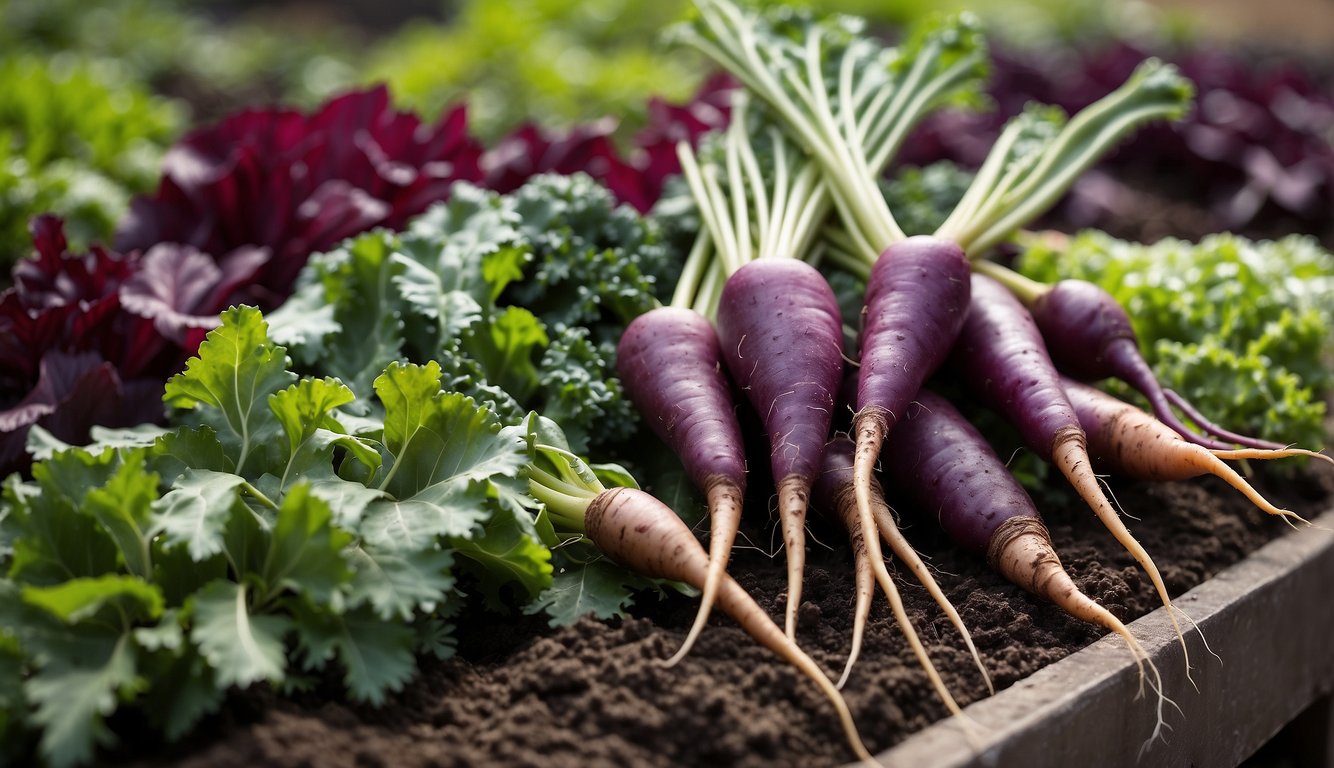
What are some unique vegetables that can be grown in containers?
Growing vegetables in containers is a great way to maximize space and create a beautiful, edible garden. Some unique vegetables that can be grown in containers include cherry tomatoes, dwarf eggplants, and bush beans. These vegetables are compact and do not require much space, making them ideal for container gardening.
Which unusual vegetables thrive in a polytunnel or greenhouse environment?
Polytunnels and greenhouses provide a controlled environment that can be used to grow a wide variety of unusual vegetables. Some vegetables that thrive in this environment include cucamelons, microgreens, and ginger. These vegetables require a warm and humid environment, making them perfect for growing in a polytunnel or greenhouse.
What are the most exotic vegetables that can be planted in September?
September is a great time to plant exotic vegetables that thrive in cooler temperatures. Some of the most exotic vegetables that can be planted in September include purple cauliflower, kohlrabi, and radicchio. These vegetables are not commonly found in supermarkets and are sure to impress your dinner guests.
Can you list perennial vegetables that are suitable for zone 6?
Perennial vegetables are a great addition to any garden, as they require less maintenance and can be harvested year after year. Some perennial vegetables that are suitable for zone 6 include asparagus, rhubarb, and sorrel. These vegetables are hardy and can withstand cold temperatures, making them perfect for growing in zone 6.
What are some of the most interesting vegetables that can be grown from seed?
Growing vegetables from seed is a rewarding experience that allows you to try out unique and interesting varieties. Some of the most interesting vegetables that can be grown from seed include purple carrots, yellow zucchini, and black tomatoes. These vegetables are not commonly found in supermarkets and are sure to add some color and diversity to your garden.
What is considered the most challenging vegetable to successfully cultivate?
Vegetable gardening can be challenging, but some vegetables are more difficult to cultivate than others. The most challenging vegetable to successfully cultivate is often considered to be artichokes. Artichokes require a long growing season and specific growing conditions, making them difficult to grow in some regions. However, with the right care and attention, they can be a rewarding addition to any garden.
